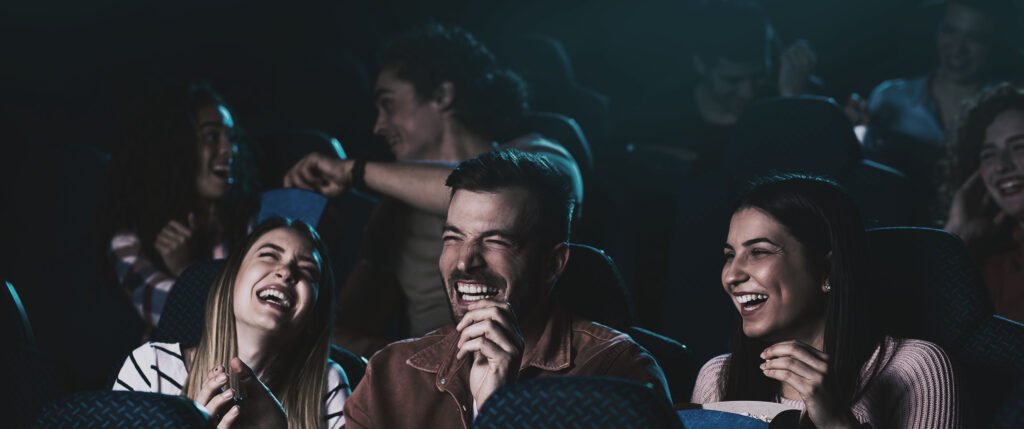
In the world of cinema, the relationship between a movie and its audience is dynamic and ever-evolving. Each viewing can unravel a new layer, reveal a hidden detail, or forge a deeper connection with the narrative and characters. Some creators craft their movies with this multi-layered viewing experience in mind, intending for audiences to uncover the film’s depth through repeated viewings. This approach not only showcases the director’s craftsmanship but also transforms the act of movie-watching into a rich, interactive journey. Let’s delve into the directorial intentions behind structuring a movie experience that evolves from understanding the basic story and plotline to catching subtle details, and finally, to participating in an interactive viewing with fellow audience members.
First Viewing: Unraveling the Story and Plot
The initial viewing of a movie is akin to opening a new book. It’s about setting the stage, understanding the context, and following the narrative arc. Directors often focus on ensuring that the storyline is accessible and engaging for the audience, guiding them through the plot complexities and character developments. This foundational viewing is crucial, as it establishes the emotional and intellectual connection between the viewer and the film. It’s designed to captivate, intrigue, and, most importantly, invite the viewer into the world the director has created.
Second Viewing: Catching the Details
Once the basic storyline is understood, the second viewing allows audiences to dive deeper into the cinematic pool. It’s during this phase that viewers are encouraged to pay attention to the nuances – the foreshadowing elements, the subtle nods to themes and motifs, and the intricate details in the sound design, cinematography, and performances. Directors and editors often embed these layers within their films, rewarding attentive viewers with a richer understanding and appreciation of the work. This level of detail not only enhances the narrative but also showcases the creator’s skill in crafting a complex, multi-dimensional world.
Third and Subsequent Viewings: An Interactive Experience
Beyond the narrative and the details lies the realm of communal and interactive viewing. After peeling away the layers of story and craftsmanship, repeated viewings offer a unique opportunity for audiences to engage with the film and each other in a shared space. Creators anticipate this dynamic interaction, often incorporating elements that spark conversation, debate, and analysis. This could be through ambiguous endings, morally complex characters, or open-ended questions that resonate differently within a communal viewing context. It’s in these moments that the movie transcends its confines, becoming a living, breathing entity that feeds on the energy, interpretations, and emotional responses of its audience.
Conclusion
The intention to create a movie that evolves through repeated viewings is a testament to the power of cinema as an art form. It reflects a deep understanding of the audience’s desire for both escapism and engagement. From the first viewing, where the story unfolds, to the second, where the hidden gems are discovered, and finally to the interactive experiences that bring audiences together, the journey through a film can be as varied and profound as the viewers themselves. This approach not only enriches the viewing experience but also cements the film’s place in the hearts and minds of its audience, making each viewing a unique exploration into the depths of storytelling and human connection.